History is Our Stories ~ Guy Gabaldon
Guy Louis Gabaldon
March 22, 1926 - August 31, 2006
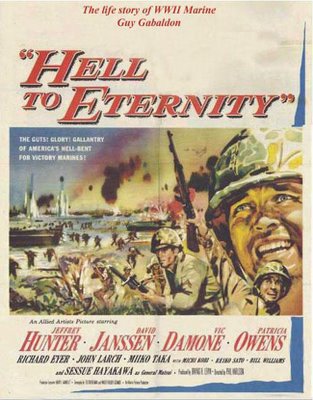

This is the tale of another World War II vet who has left us. His story falls in to the truth is stranger than fiction category - and, my, what a story! His story was turned into the movie, Hell to Eternity. His tour in the Pacific was a colorful one! I need to rent the movie - I never realized it was a true story!
Guy was known as the "Pied Piper of Saipan" for single-handedly capturing Japanese soldiers. The number varies with each report, from 800 - 1500, but it is impressive. Guy was an Hispanic "street kid" in Los Angeles. He was eventually taken in by a Japanese-American family as a foster child. He says that his street-smarts and his smattering of Japanese allowed him the ability to capture all of these soldiers. He was a small man - less that 5'4" and about 130 pounds when he enlisted at age 17. His story is told in the movie and in his autobiography Saipan: Suicide Island. His remains are to be scattered on Mount Tapochau on Saipan and in the U.S.
For more information about Guy Gabaldon, visit his web site.
This is the article that appeared in The War Times Journal.
By James Burbeck
On July 7, 1944, the battle to secure the Japanese occupied island of Saipan peaked in one of the largest banzai charges of the Pacific War. This charge, which lasted over 15 hours, brought the total losses for this bloody World War Two campaign to over 30,000. The next morning, American Marine reconnaissance patrols edged their dangerous way forward to map out Japanese lines. As one patrol approached the seacliffs which line the north side of the island, they were greeted by a rare sight. On the flats at the top of the cliff, was a single American Marine surrounded by hundreds of Japanese troops, many of them still armed. One might have thought that this Marine was experiencing his last moments on earth. But as they watched, it became obvious that this lone Marine was actually ordering his hundreds of "prisoners" into smaller groups, even as more Japanese streamed quietly up from their ocean-side caves. Eventually, 800 Japanese soldiers and civilians surrendered on this one morning, an astonishing number considering that the battle for Tarawa, a few months earlier, had produced only 146 prisoners from a total garrison of nearly 5,000!
That lone Marine was Private Guy Gabaldon, and by the time of his July 8 "bagging" of 800 prisoners, he had already become famous on Saipan for his capture of hundreds of die-hard enemy troops using a brisk combination of fluent "street" Japanese and point-blank carbine fire. Indeed, his performance was so impressive that he was awarded almost total discretion for the remainder of the campaign, and his solo raids into Japanese lines soon became a hot topic throughout the island.
Previous to July 8, his routine had been simple but effective; carefully approach a cave, shoot any guards outside (if any), move off to one side of the cave and yell "You're surrounded and have no choice but to surrender. Come out, and you will not be killed! I assure you will be well treated. We do not want to kill you!" At this point, anyone running out with a weapon would be immediately shot, but anyone coming out slowly would be talked into returning to the cave and bringing out others.
On his first sortie, Guy captured seven prisoners using this method, only to be told by his commander that if he deserted his post again he would be court-marshalled. The next morning, Guy returned from another unauthorized trip, this time with 50 Japanese prisoners. From that moment, Guy was granted the envious privilege of "lone wolf" operator. He could do whatever he wanted, whenever he wanted. The perfect task for a tough Chicano kid from the East Los Angeles barrios!
On July 6, Guy left on another of his evening patrols, and entered an area near Saipan's northern cliffs. It seemed fairly deserted at the time, but before daybreak, he realized that hundreds of enemy infantry were moving onto the flats and gathering for an assault. By this time he was cut off from any path of retreat, and any attempt to show himself would have resulted in a quick and noisy death. He remained under cover and listened as thousands of Japanese troops and some civilians drank sake and noisily prepared for the largest banzai charge of the campaign. This tragic and unsuccessful charge ended late that evening, with most of the remaining Japanese returning to their cliff-side positions.
The next morning, Guy crept to the edge of the cliffs, where he quickly captured two guards. It was then that he embarked on the most dangerous of his many ventures. After talking to the two men, he convinced one of them to return to the caves below. This was a personal moment of truth for both of them. If the soldiers below were too "worked up," then everyone involved would face immediate death, and a disgraceful one at that for the two guards. A short while later, a Japanese officer and some of his men walked slowly up from the caves and sat down in front of Gabaldon. Within an hour, hundreds of Japanese infantry accompanied by some civilians began surrendering en-masse; the gamble had paid off.
This climactic morning did not end Guy's prisoner-taking days. By the time he was machine-gunned in an ambush, he single-handedly captured over 1,500 soldiers and civilians from the most fanatically inclined army in the world! Decades later, stories of the "Pied Piper of Saipan" continued to be told and retold within the Marine Corps, although they were considered by many to be some of the great "fish stories" of World War Two.
Saipan veterans, however, knew these stories to be true. Guy's actions were witnessed by dozens of officers and hundreds of line soldiers, many of whom repeatedly went on record affirming the dozens of lone sorties and hundreds of prisoners. While the war still raged, his commanders requested that Guy receive the Medal of Honor, but somehow a silver star arrived, which was only later elevated to a Navy Cross. And while many contrasted Guy's 1,500 prisoners to Alvin York's 132, the United States Marine Corps of the 1940's did not seem interested in further investigation and so the matter has lain dormant ever since. Only in the last year have veterans become anxious to resolve this long delayed case and pushed for Guy's Medal of Honor. More recently, the City of Los Angeles and district Congressional representatives have petitioned the Navy to investigate this matter to help assure a fair resolution.



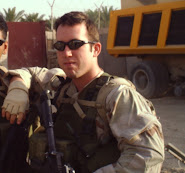










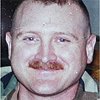


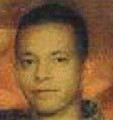
















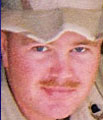
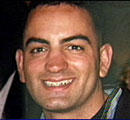





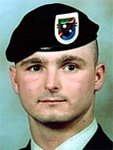


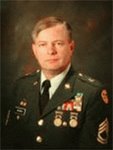


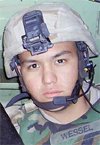
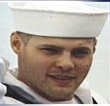





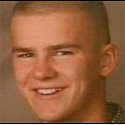



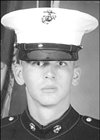

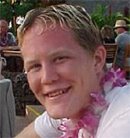






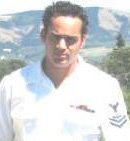


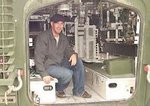




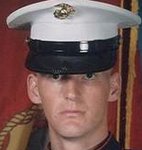
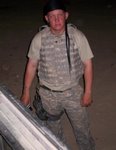
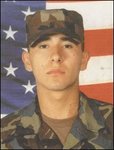


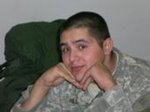







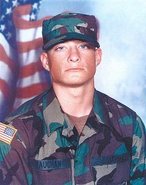
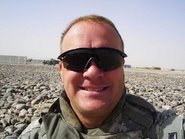
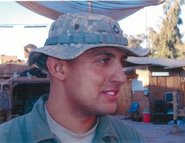


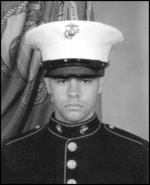
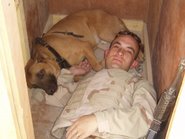


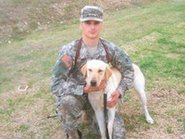

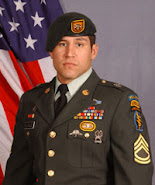

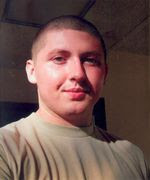








No comments:
Post a Comment